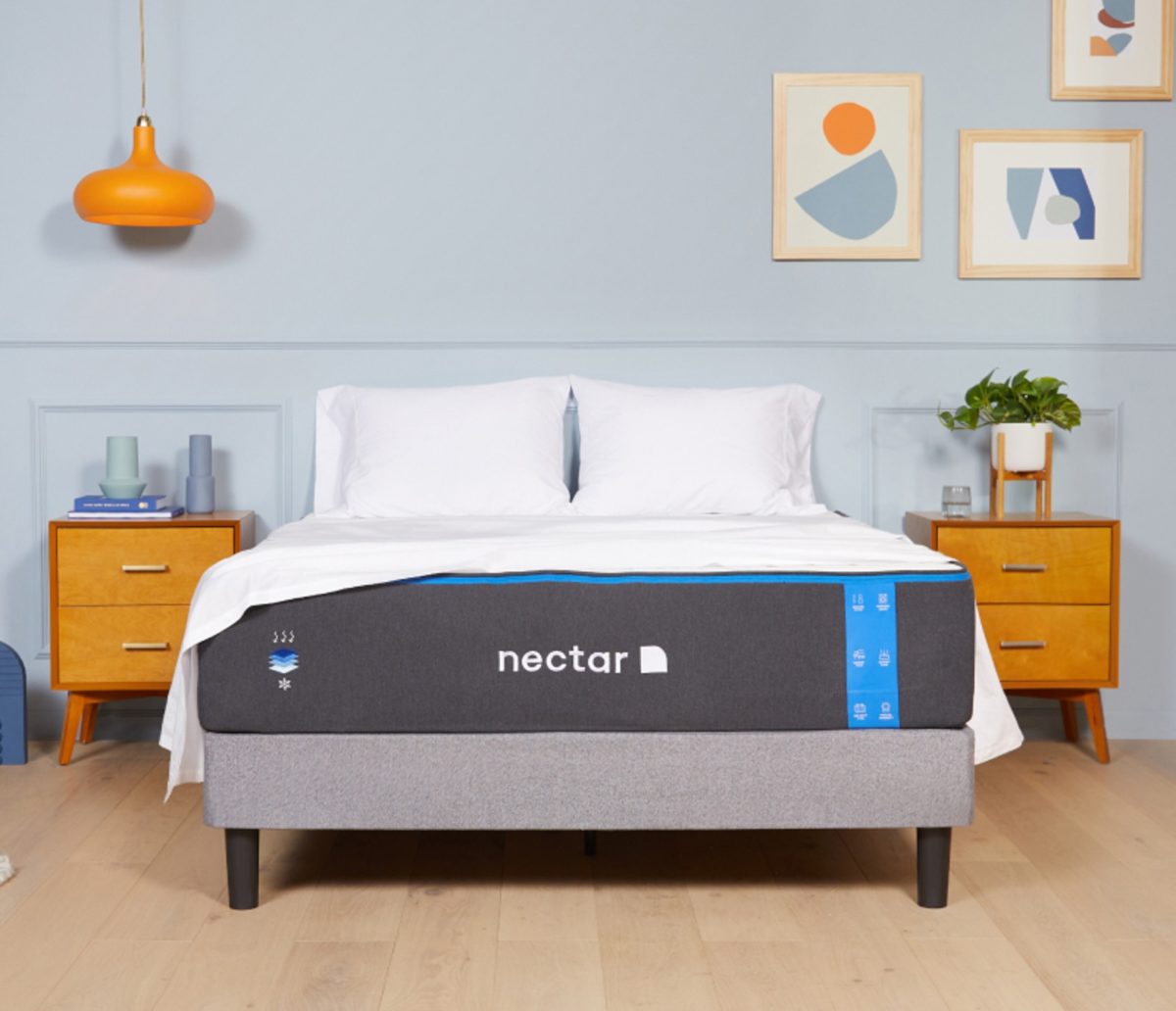When Tempur-Pedic came on the scene, they changed everything as it relates to how the industry looked at co-op advertising.
Long-form 30-minute shows taught people about this new space foam that you can sleep on, which evolved into shorter 30/60 second spots, followed by the Ask Me campaign that had them playing a totally different game than the “S” brands.
They were building preference while the others were hung up on awareness. Preference earns you massive leverage with the retailer. Awareness is great to have, but it isn’t enough to claw back your co-op funds.
Co-op is a huge expense for the bedding brands out there. That part of the investment spending package could go as high as 20-30% on some deals with large retailers.
Retailers use these funds to offset their own marketing expenses, which is how the industry works, but there is one problem for the bedding brands: Most of that money is used for product/price/ and promotion advertising which does absolutely nothing to build preference or build value in a brand.
If you are a traditional bedding producer and want to build your brand, then you will have to carve out additional money to “do your own thing” and spend on top of a co-op, as Bob Sherman did very successfully with Serta, launching the first version of iComfort.
Or, you do what Tempur-Pedic did back in the day and start marketing your own story right from the beginning—just like Nectar did more recently, which is why they are sitting pretty and expanding their distribution past the D2C model and into a more omnichannel approach with brick and mortar partners.
I talked to an old friend, Bob McCarthy, managing director for RESIDENT the makers of Nectar Mattress, about the co-op model, and they have some fresh ideas of their own.
“We didn’t really start out as a product-focused company, our core competency is digital marketing and we are very good at driving consumer traffic,” he says.
According to Bob, Nectar is currently spending in the range of $150-200 million a year on marketing. This attracts approximately 150,000-200,000 people to their site every day, so if they can get that 1.5% conversion to happen, life is pretty dang good.
But 52% of the consumers that visit Nectar’s site are telling them that they want a place to experience the bed in person, so the push for retail floor space is on.
Retailers I talk to say the product is good, not great, and margins are lower than what they might get from a traditional brand which means RSA’s who get compensated based on profitability gravitate to other beds. But the Nectar margins are improving fast for the retailer thanks to Nectar’s scale, and the strength of the marketing program continues to grow and is enough to overcome the rest. Nectar understands that, and so they have created a shared approach to advertising so that any retailer that’s willing to put up $50,000 will get a match from Nectar in the same amount but Nectar will drive the message, offer, and placement.
In other words, a total shift from the traditional approach where the bedding brand gives money to the retailer allowing them control over the funds. Bob McCarthy went on to explain, “Together we create a unique landing page for a retailer where we can send the traffic, and at the end of the campaign we give them all of the data that we collect showing them how we have performed in all of the key result areas.”
Driving traffic for mattress retailers is such a big topic, the book Come Back To Bed was actually written about that very thing; you should give it a look. (Yes, that was a plug. Don’t judge me.)
Getting people in stores is not an easy thing, and the investment is going up. The latest number I have on acquisition cost is around $250 per transaction, so anything you can do to either reduce that expense or drive higher tickets to be able to max out every transaction, has become a top priority for most.
But don’t forget the squishy stuff. As we say in the book, build a business where you are connecting with consumers in a meaningful way and working with your business partners to bring awesome products with great stories. Build value in everything you do and don’t just be a place to sell “a thing” to “a somebody.” Serve people and the word of mouth that will follow along with the reviews will continue building your foundation so when you do get the traffic, your close rates blow away industry norms and your ticket averages are better than you ever thought possible.
Over the last 10 years in this vertical, most of the innovation has come from how we sell beds, not around the products themselves. The ad money being spent on the category has created a lot of awareness for mattresses and has been incredibly good for everyone in the business but it could be so much bigger.
The question is, will some new startup see the potential to disrupt things even more, or will someone already in the business use their platform to blaze new trails? Time will tell.



